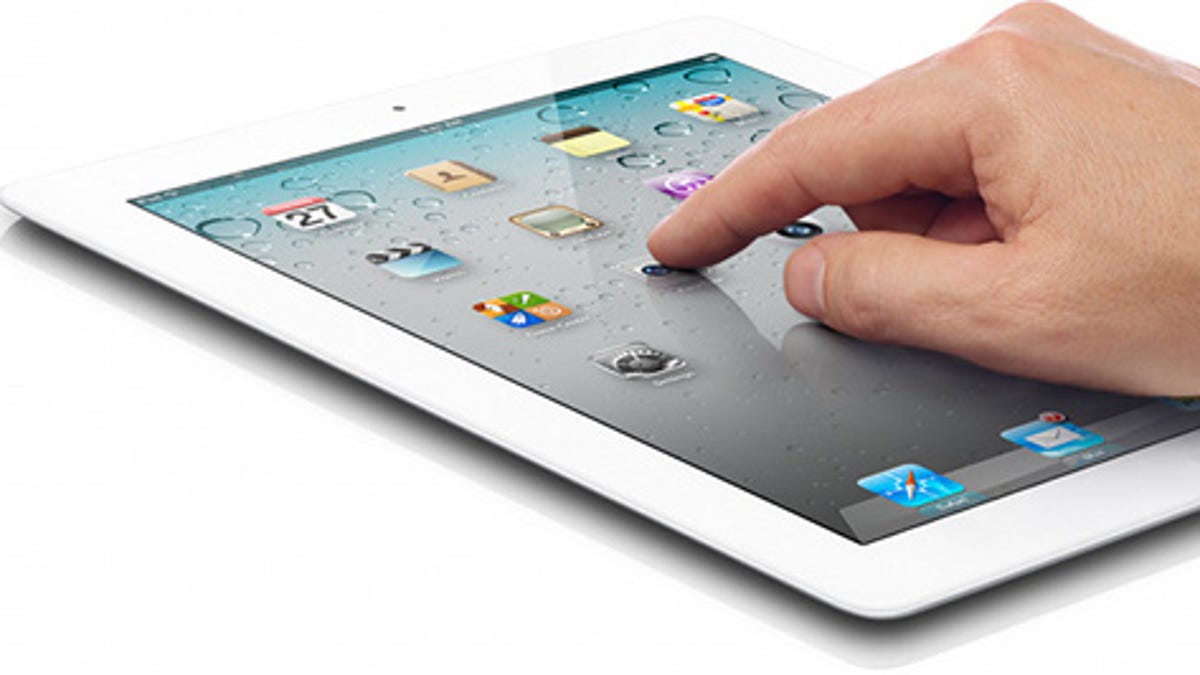Apple patent pitch hints at 3D imaging on iPhone, iPad
According to a patent obtained by Patently Apple, the idea would utilize depth-detection sensors and other technologies to create a full 3D image in a picture.

Apple's iPhone and iPad cameras aren't necessarily the best options on the market, but the Cupertino, Calif.-based company might be changing that in the coming years.
Patently Apple yesterday found an Apple patent application describing a way in which cameras in iOS-based devices would snap 3D images. According to the blog, which tracks all Apple patents and applications, the technology would utilize "depth-detection sensors," like radar and lidar, and use the latest and greatest luminance sensors to recreate an image's color as accurately as possible. By the time the picture is taken, it'll deliver a full 3D image.
The fact that Apple is thinking about 3D implementation on the iPhone and iPad isn't necessarily a surprise, given the importance the third dimension has taken on across the industry. At this point, it's hard to find a television that doesn't come with 3D support. And across the mobile space, more and more companies are starting to integrate 3D features.
For years now, it's been believed that Apple would bring some sort of 3D integration to the iPhone and iPad, but there hasn't really been much talk of the camera on the devices handling the task.
Apple's patent application, however, takes things further than just snapping an image. According to Patently Apple, the technology can scan an object and create a 3D model on the device. It could also come with facial-gesture recognition that can detect smiling, grimacing, and frowning.
Suffice it to say that there's an awful lot going on with this patent, and several moving parts. Whether it'll actually make its way to an iPhone or iPad remains to be seen. Companies come up with all sorts of ideas that they then try to patent. Many of those ideas never make it to the market.

